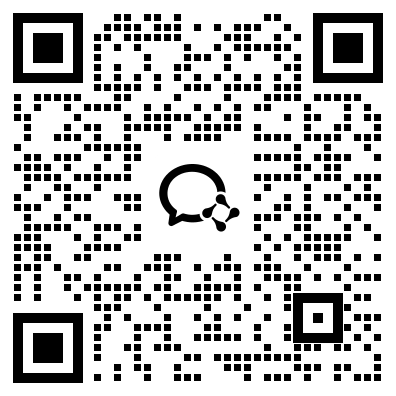学位英语考试阅读理解专项练习题8
In the same way that a child must be able to move his arms and legs before he can learn to walk, the child must physiologically be capable of producing and experiencing particular emotions before these emotions can be modified through learning. Psychologists have found that there are two basic processes by which learning takes place. One kind of learning is called "classical conditioning". This occurs when one event or stimulus is consistently paired with or followed by, a reward or punishment. It is through classical conditioning that a child learns to associates his mother's face and voice with happiness and love, for he learns that this person provides food and comfort. Negative emotions are learned in a similar fashion.
The second kind of learning is called "operant conditioning". This occurs when an individual learns to do things that produce rewards in his environment and learns not to do things that produce punishments. For example, if a mother always attends to her baby when he cries and cuddles him until he is quiet, she may teach him that if he cries he will get attention from mother. Thus, the baby will learn to increase his crying in order to have his mother more.
Every day, we grow and have new experiences. We constantly learn by reading, watching television, interacting with other people, and so forth. This learning affects our emotions. Why is it that we learn to like some people and dislike others? If a person is nice to us, cares about us, we learn to associate this person with positive feelings, such as joy, happiness, and friendliness. On the other hand, if a person is mean to us, does not care about us, and even deliberately does things to harm us, we learn to associate this person with negative feelings, such as unhappiness, discomfort, and anger.
1. The author's main purpose in writing the passage is to ______.
A. teach children how to learn to produce and experience certain emotions
B. give the general reader an account of two basic kinds of learning
C. give parents some advice on how to modify their children's emotions through learning
D. discuss with psychologists how positive and negative feelings are produced
2. If your jokes often find a ready echo in a person, you will learn through ______that telling jokes to this person is fun, and you will try with greater efforts to be humorous in his presence.
A. classical conditioning B. neither of them
C. operant conditioning D. some other sorts of conditioning
3. If a child is bitten or startled several times by a dog, he may learn to associate furry animals with pain or startle and thus develop a fear of furry animals. This is a typical example of learning through ______.
A. classical conditioning B. both of them
C. operant conditioning D. neither of them
4. In the third paragraph, the author is ______.
A. discussing how we grow and have new experiences every day
B. talking about learning to modify emotions through operant conditioning
C. concentrating on learning by reading, watching television, interacting with people, and so on
D. using examples to further illustrate learning through classical conditioning
5. In the following paragraphs the author will most probably go on to discuss ______.
A. definitions of positive feelings and negative feelings
B. the third kind of learning
C. further examples of learning through operant conditioning
D. none of the above
1.[答案]B
【精析】通读全文可看出,文章主要是关于两个定义的讲述:一种是“经典性条件反射”,一种是“操作性条件反射”。文章对这两种模式进行了解释,因此读懂两个定义是非常关键的。所以选B,其他三项均不全面。
2.[答案]C
【精析】二段可知,"operant conditioning"是"learns to do things that produce rewards in his environment and learns not to do things that produce punishments."因此题目中的例子是“操作性条件反射”。
3.[答案]A
【精析】从文章第一段可知,"classical conditioning"是"This occurs when one event or stimulus is consistently paired with or followed by, a reward or punishment."因此题目中的例子是“经典性条件反射”。
4.[答案]D
【精析】第三段所举例子都是为了进一步说明经典性条件反射。
5.[答案]C
【精析】从文章结构来看,文章一开始就说明了学习的两种模式,而后又分别定义这两种模式——“经典性条件反射”和“操作性条件反射”。第三段是举例进一步说明经典性条件反射,由此可以推断下一段将举例进一步说明操作性条件反射。故选C.












